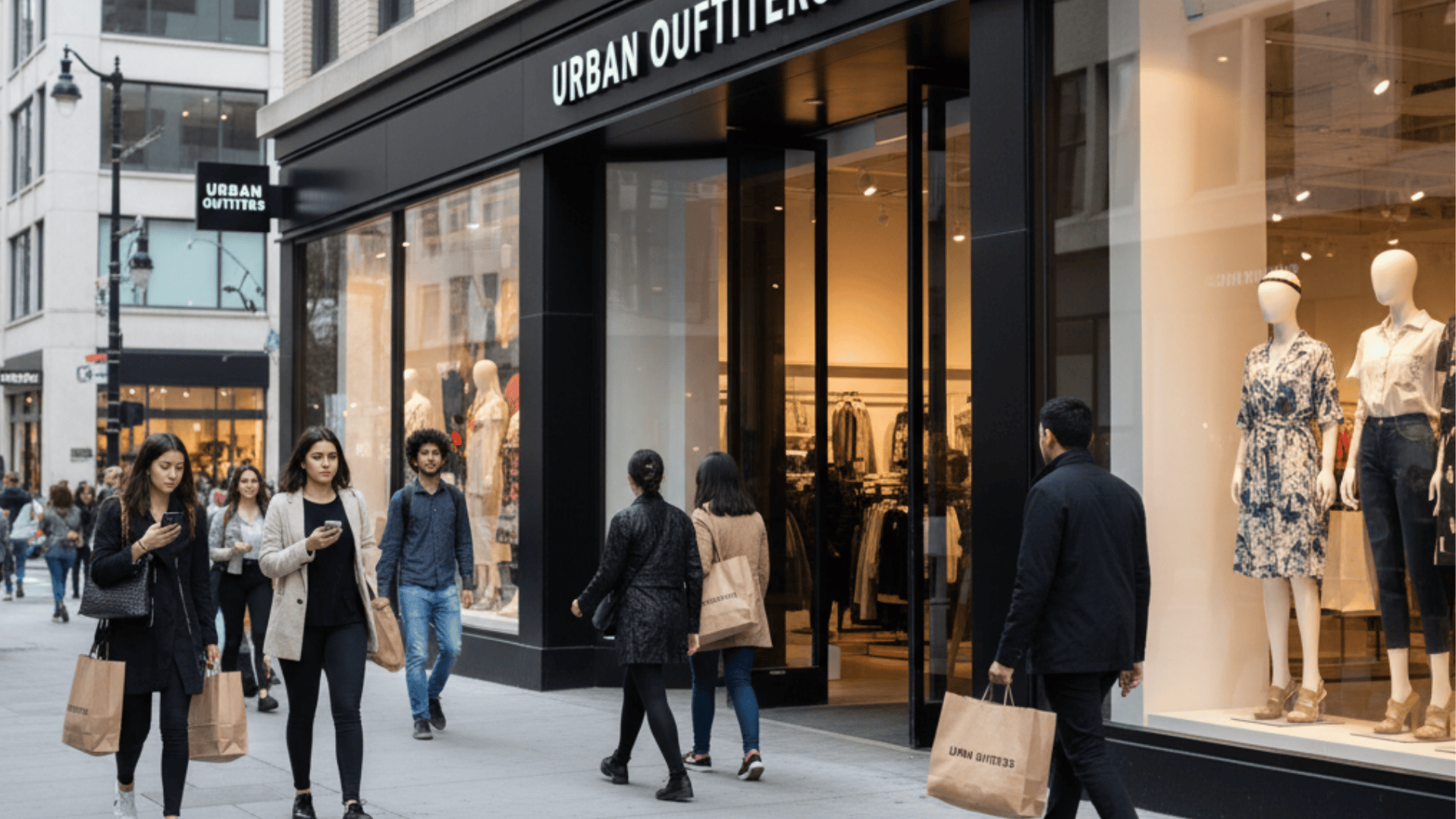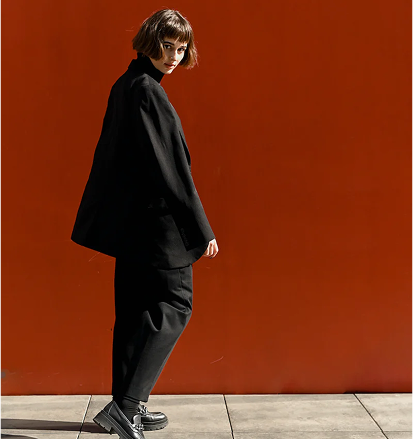Walk into any Urban Outfitters store, and the vibe hits instantly. String lights glow above vinyl collections.
Cozy sweaters hang next to vintage-inspired band tees. Those Instagram-worthy home décor pieces practically beg for a photo op.
But behind the carefully curated aesthetic lies a bigger question: Is Urban Outfitters fast fashion?
The answer matters more than ever. Today’s shoppers care about where their clothes come from and who makes them.
They want to know if their purchases harm the planet or exploit workers overseas.
Is Urban Outfitters Fast Fashion?
Urban Outfitters launched in 1970 as a quirky Philadelphia boutique targeting college students.
Today, it operates hundreds of stores worldwide under the URBN umbrella, selling everything from cropped cardigans to mushroom lamps.
Several factors support classifying Urban Outfitters as fast fashion. The brand releases new arrivals constantly, with frequent style drops that capitalize on trending aesthetics.
Fashion analysts note that inventory turnover rivals traditional fast fashion giants, with limited editions creating artificial urgency.
The pricing sits in that sweet spot, not dirt cheap like Shein, but affordable enough for frequent purchases.
Mass production strategies and regular discounts encourage impulse buying behavior similar to Zara or H&M.
The verdict? Urban Outfitters operates largely as a fast fashion brand, even if it packages the image differently.
Why It Operates as Fast Fashion
From supply chains to marketing tactics, these operational choices reveal a system built on speed, volume, and profit maximization rather than ethical production or quality.
1. Supply Chain and Manufacturing Model

Urban Outfitters’ supply chain follows the typical fast fashion playbook. Production gets offshored to low-cost countries with lax labor regulations.
Subcontracting creates layers between the brand and actual factory workers, limiting oversight and accountability. This distance allows the company to maintain plausible deniability when labor violations surface.
2. Inventory Turnover and Trend Responsiveness
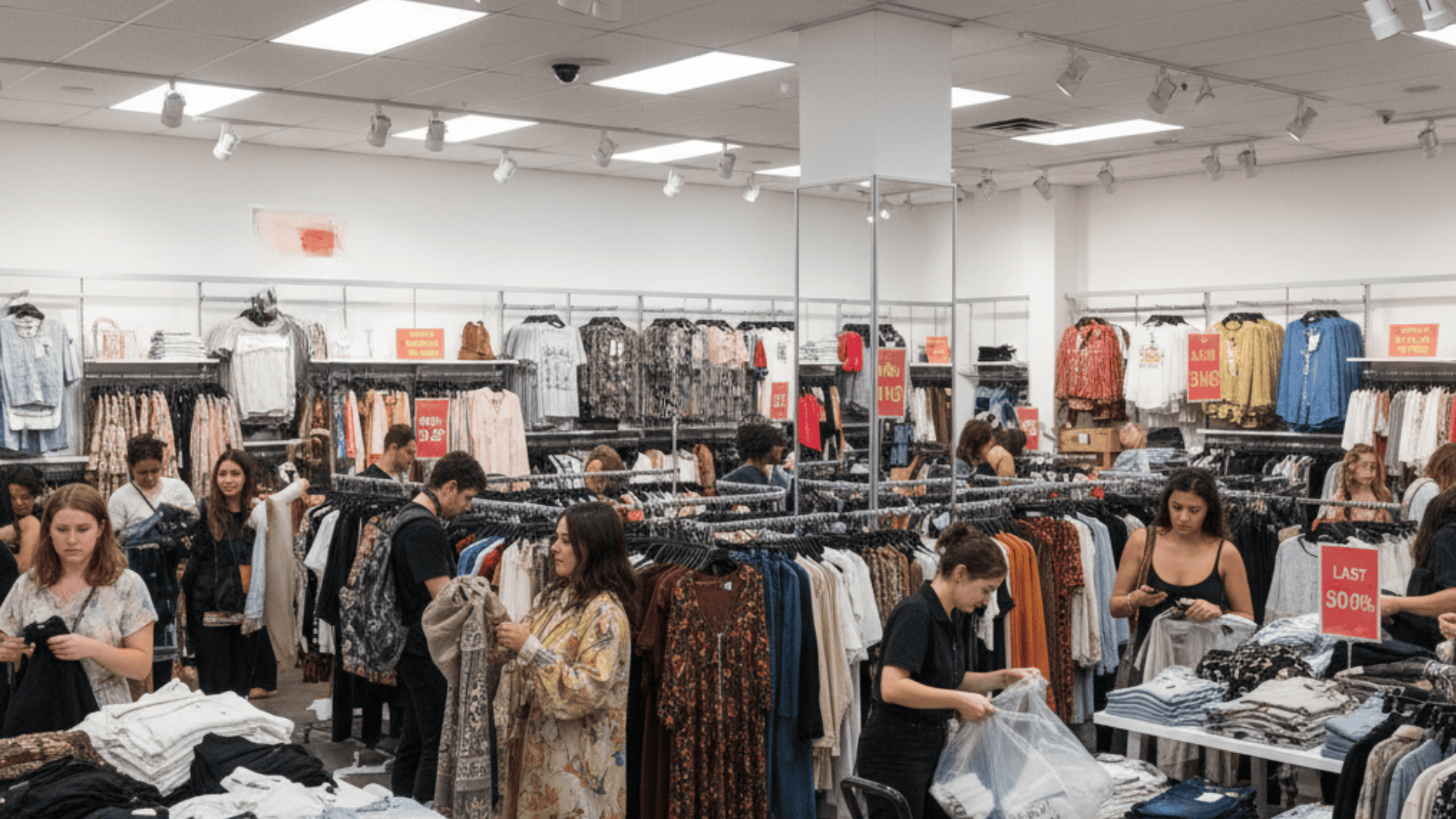
Inventory turnover happens at breakneck speed. Limited edition drops disappear quickly, creating FOMO among shoppers.
Quick restocks keep popular items available while phasing out anything that doesn’t sell immediately.
3. Marketing Strategies and Consumer Behavior

Marketing strategies amplify this cycle. Promotions and discounts flood inboxes regularly. “Drops” generate hype on social media, with influencers showcasing new pieces that followers rush to purchase.
The brand capitalizes on TikTok trends and Instagram aesthetics, turning microtrends into must-have items.
4. Fabric/Material Choices and Cost Pressures
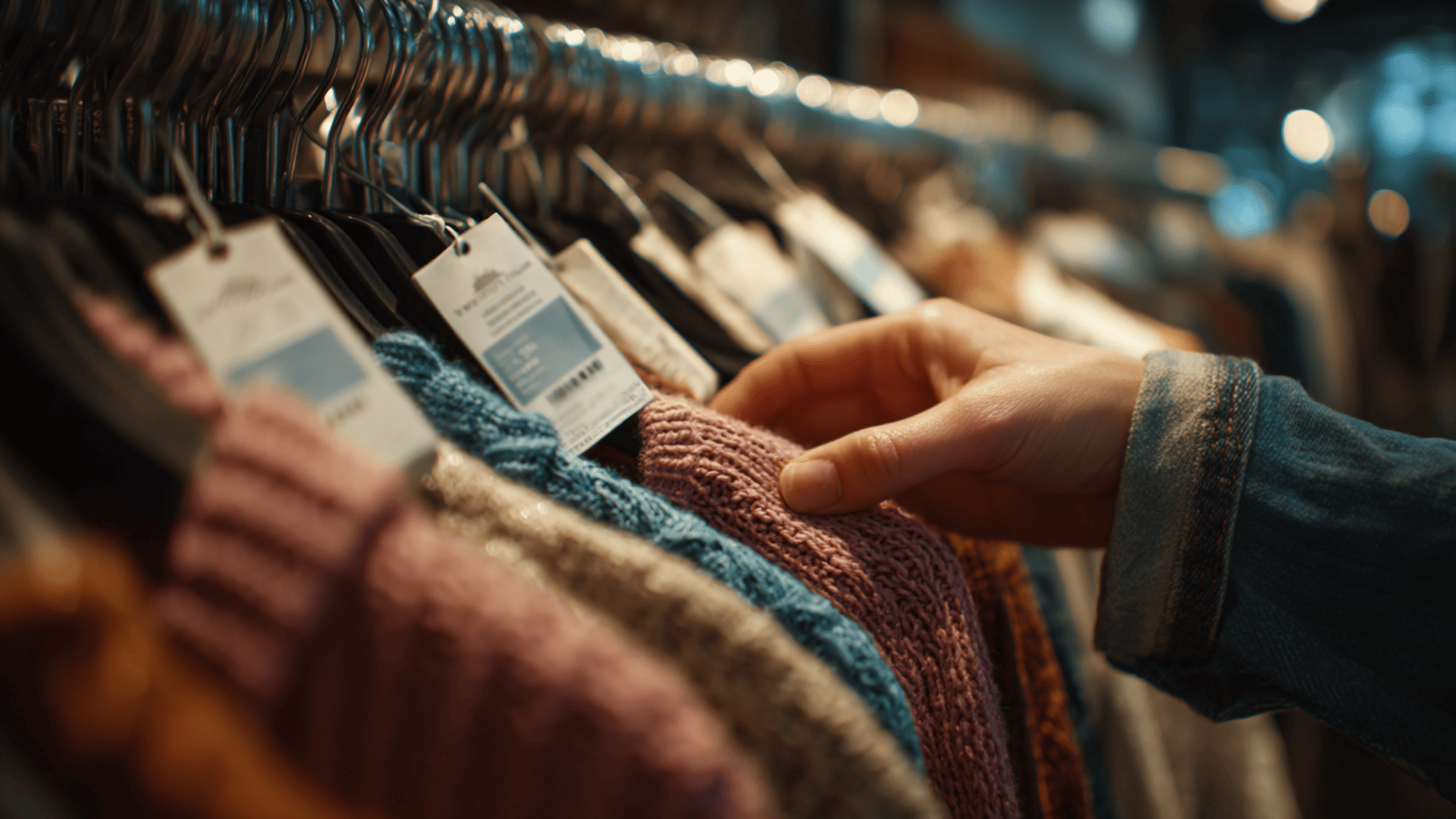
Material choices reveal cost pressures. Synthetic fabrics dominate because they’re cheaper than natural fibers.
Polyester, acrylic, and other petroleum-based textiles offer minimal durability, falling apart after a season or two. This planned obsolescence keeps customers coming back.
5. “Greenwashing” and Sustainability Claims
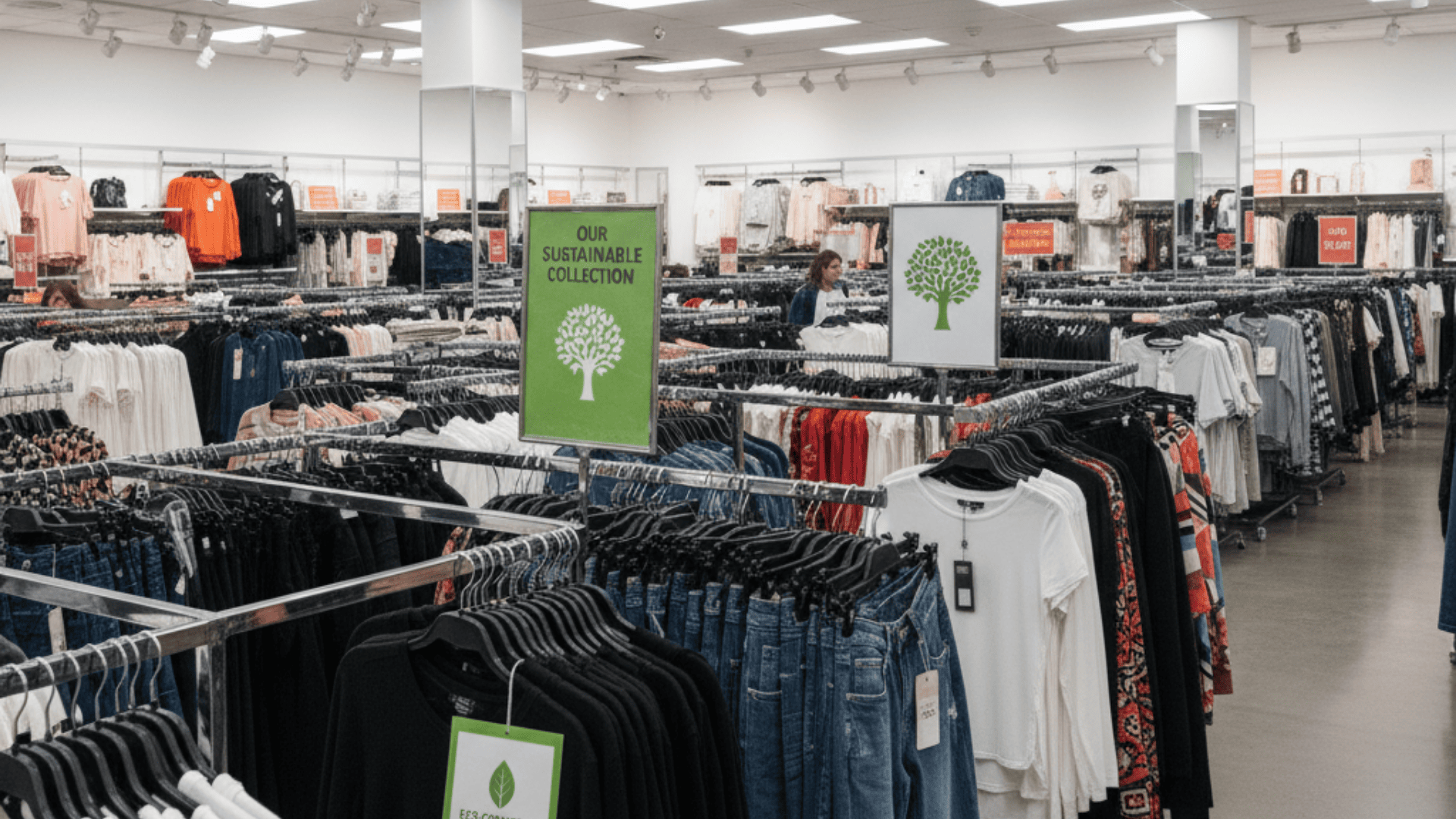
Greenwashing concerns have emerged, too. Some lines get marketed as “eco” without substantial backing.
A collection with 20% recycled polyester is promoted as sustainable, while the other 80% and the entire production system remain unchanged. These token gestures improve brand image without transforming actual practices.
Is Urban Outfitters Sustainable?
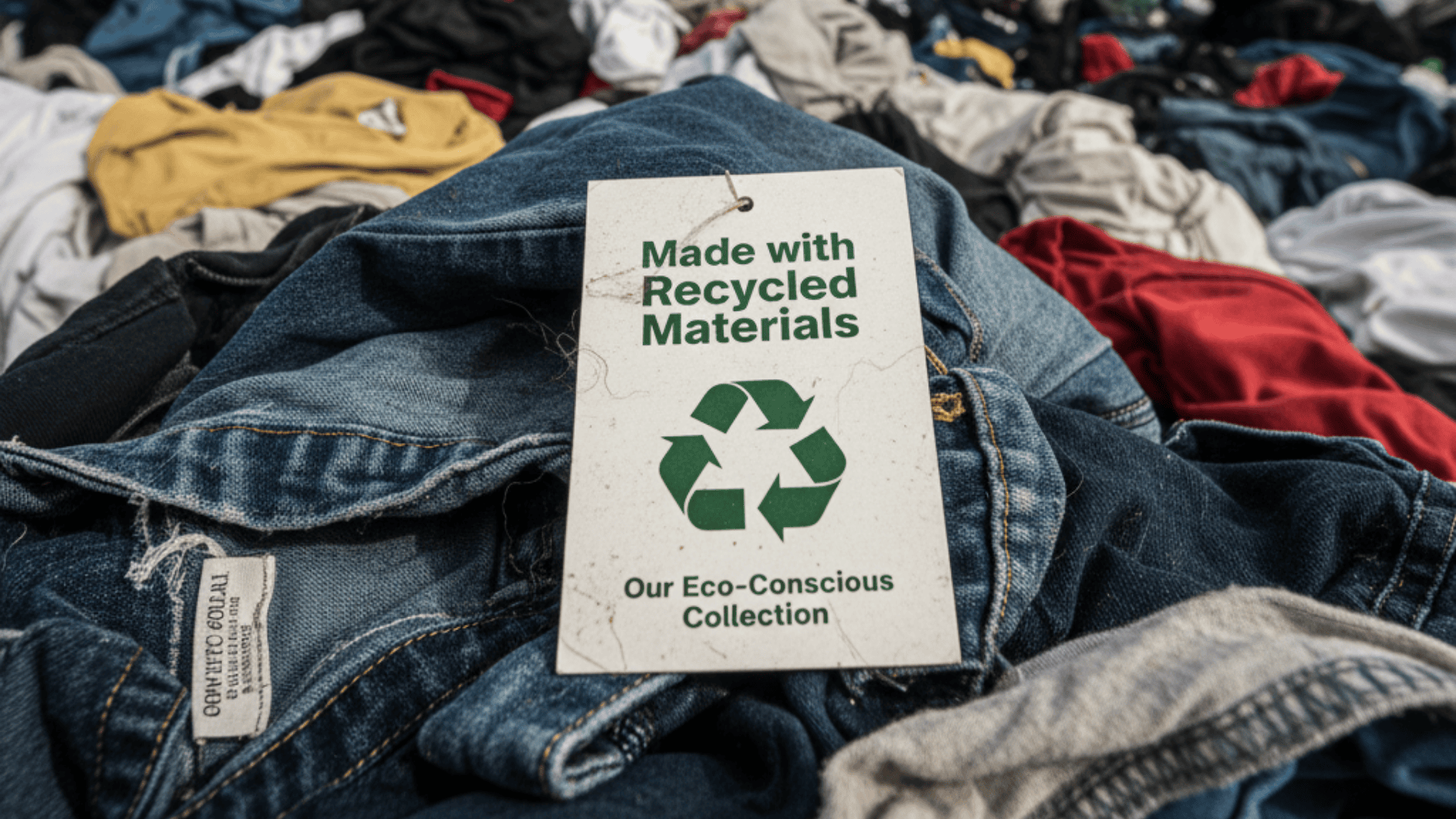
Urban Outfitters talks a good game about sustainability, but the reality tells a different story. External watchdogs and independent ratings reveal a brand that’s more interested in appearing eco-friendly than making systemic changes.
-
Brand claims fall flat. Urban Outfitters promotes initiatives like “UO In Progress,” highlighting select eco-friendly efforts, including recycled materials, organic cotton, and vintage lines, but these remain token gestures rather than core business transformations.
-
External ratings aren’t impressed. Good On You gives the brand a “Not Good Enough” rating, while The Commons Earth marks it as “Harmful,” with both assessments pointing to insufficient environmental action and poor labor practices.
-
Limited concrete efforts exist. Some products do feature recycled polyester or organic cotton, vintage sections sell pre-loved items, and certain operational improvements around energy and packaging have been made.
-
Significant gaps undermine progress. The fundamental business model, rapid trend cycles, mass production, and disposable quality remain unchanged, making scattered sustainability initiatives feel more like marketing than meaningful reform.
-
Transparency remains a problem. Lack of supply chain traceability and incomplete impact data make verifying any positive claims nearly impossible, suggesting the brand prioritizes image management over accountability.
Urban Outfitters’ Unethical Practices & Criticism
Beyond the aesthetic appeal lies a troubling track record. From labor exploitation to environmental destruction, Urban Outfitters has faced serious criticism that reveals the true cost of its trendy image.
1. Labor and Working Conditions
Labor issues plague Urban Outfitters’ reputation. Allegations of sweatshop conditions, poverty wages, and unsafe factories have surfaced repeatedly.
During COVID-19, controversies erupted over order cancellations that left factory workers without promised payments, devastating families already living on financial margins.
Transparency failures make verification nearly impossible, as the company provides minimal supply chain disclosure.
2. Environmental Externalities
Environmental externalities extend far beyond individual purchases. Overproduction creates massive waste, with unsold inventory destroyed or dumped.
Disposal issues compound as synthetic fabrics refuse to biodegrade. Textile dyeing pollutes water sources near manufacturing hubs.
Resource consumption: water, energy, and chemicals accumulate across global operations, contributing to climate change and ecosystem destruction.
3. Intellectual Property & Design Copying
Intellectual property controversies have dogged the brand for years. Independent artists and small designers have accused Urban Outfitters of copying their work without permission or compensation.
These allegations, particularly around homeware and accessories, suggest a pattern of appropriating creative ideas rather than developing original designs or licensing properly.
4. Brand Controversies and Reputation
Brand controversies reveal deeper problems. Past PR missteps include culturally insensitive products and appropriation issues.
From offensive graphic designs to tone-deaf marketing campaigns, these incidents expose a disconnect between the progressive image Urban Outfitters cultivates and its actual practices.
Impact of Urban Outfitters

Urban Outfitters’ influence extends far beyond individual purchases. The brand’s operations create ripple effects across environmental systems, labor markets, and consumer culture that shape the broader fashion industry.
1. Environmental Impact
Urban Outfitters’ environmental footprint spans carbon emissions from global shipping and manufacturing, excessive water consumption in textile production, and chemical pollution from dyeing processes.
Textile waste contributions to landfills mount as poorly made garments fall apart and get discarded.
2. Labor & Social Impact
Those in supply chains endure low wages, poor working conditions, and minimal labor rights protections.
Supply chain disruptions transfer risk downward to subcontractors and workers, who absorb financial shocks when brands cancel orders or delay payments.
The human cost of cheap clothing remains largely invisible to consumers browsing store racks.
3. Industry & Cultural Influence
The brand contributes to accelerating trend cycles, where aesthetics become outdated within months instead of years.
Consumer expectations shift toward constant novelty and rock-bottom prices, pressuring smaller brands to compete on speed rather than quality.
Urban Outfitters encourages disposability through its business model, normalizing the idea that garments are temporary rather than lasting investments.
Sustainable Alternatives & What Consumers Can Do
Breaking up with fast fashion doesn’t mean sacrificing style.
Secondhand shopping offers the most sustainable alternative, combining affordability with environmental responsibility through platforms that make pre-loved fashion accessible and exciting.
| Platform | Focus | Best For |
|---|---|---|
| Depop | Global peer-to-peer resale | Vintage finds and streetwear fashion |
| Vestiaire Collective | Authenticated pre-owned luxury | Designer pieces with verified authenticity |
| The RealReal | U.S.-based luxury consignment | Curated high-end circular fashion |
| Vinted | European secondhand marketplace | Affordable everyday fashion |
These platforms prove that conscious shopping can be just as thrilling as browsing mall racks, often more so, with unique finds that reflect genuine personal style instead of mass-produced trends.
Conclusion
Does Urban Outfitters qualify as fast fashion? The evidence overwhelmingly says yes.
The brand employs rapid production cycles, trend-driven design, overseas manufacturing with limited oversight, and marketing strategies that encourage overconsumption: all core characteristics of fast fashion.
Trade-offs between affordable prices and ethical production become clear; someone, somewhere, pays the real cost.
Consumers hold power through their choices. Demand transparency from brands by asking who made your clothes and under what conditions.
Every purchase is a vote for the kind of industry we want to support. Urban Outfitters will change only when customers demand it, with their voices and their wallets.


